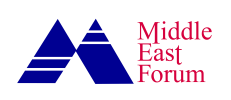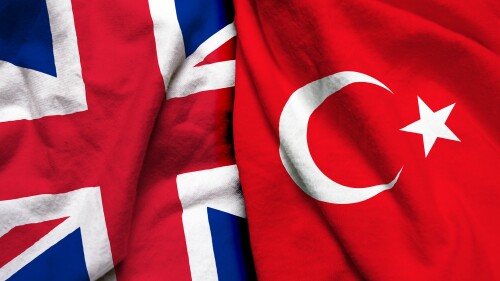While Iran’s aviation industry has been a primary target of U.S. sanctions since the 1979 Islamic Revolution, Iranian airlines, particularly those connected with or owned by the Islamic Revolutionary Guard Corps, evade sanction to import passenger and cargo aircraft for both commercial and military use. President Donald Trump’s 2024 election and the re-imposition of a maximum-pressure campaign by his administration has hampered routes used by Iranian airlines to acquire and smuggle aircraft and spare parts.
Iranian state media falsely claim that the U.S. government green-lit these imports.
Despite the maximum-pressure campaign, on April 18, 2025, Iran Air, Mahan Air, and Caspian Airlines acquired five passenger planes into Iran. The U.S. Department of the Treasury previously sanctioned Mahan Air and Caspian Airlines for smuggling weapons to Syria. In the latest instance, Iran Air smuggled a pair of former Hong Kong Airlines Airbus A330-243 widebody planes to Tehran’s Mehrabad airport via Muscat, Oman, while Mahan Air and Caspian Airlines imported an RJ100 and two unknown Boeing 737-300 passenger aircraft via Indonesia. While the RJ100 is British-made, it is equipped with four American-made Lycoming LF507-1F engines.
Iranian state media falsely claim that the U.S. government green-lit these imports. While Iran acquired the aircraft during the Biden administration, Iranian authorities smuggled them into Iran only subsequently. Tehran timed the airplane transfer to the recent nuclear negotiations. By portraying the arrival of these five aircraft as a direct outcome of recent nuclear negotiations, the Iranian regime seeks to frame the development as a diplomatic achievement. State-controlled media instrumentalized the coverage of the aircraft’s arrival to shape public perception amidst the devaluation of the Iranian rial against the U.S. dollar.
Iranian Civil Aviation Organization sources suggest new attempts by both Iran Air and Mahan Air to smuggle a third Airbus A330-243 widebody passenger aircraft and a Boeing 747-400 series cargo airplane into Iran via Oman and Indonesia, respectively. Mahan Air’s Fars Air Qeshm most likely will be the operator of the cargo aircraft. This subsidiary has played an important role in airlifting weaponry and ammunition for the Iranian Defense Ministry, as well as Turkish defense firms, to Ethiopia, Myanmar, Serbia, Syria, Sudan, and Venezuela using a pair of aging Boeing 747-281Fs.
The relative ease with which Iran smuggles passenger aircraft through Indonesia reflects a broader reluctance on the part of the country’s political and security institutions to curb such activities.
Indonesia has played an important role in Iranian airlines’ sanction evasion. In the past three years, Mahan Air has used several Indonesian companies, including PT Asia Global Airlines, to smuggle at least 12 aircraft—two former French Air Force Airbus A340-211s, five Embraer ERJ-145LRs, three Avro EJ85s, and two RJ100s, including one that flew from Clark International Airport in the Philippines to Khomeini International Airport of Tehran after refueling at Hang Nadim International Airport in Batam, Indonesia, where, on April 18, 2025, it received a San Marino aircraft registration code.
The relative ease with which Iran smuggles passenger aircraft through Indonesia reflects a broader reluctance on the part of the country’s political and security institutions to curb such activities. This apparent inaction rests in part on the extensive political, military, and economic ties that Indonesia maintains with the Islamic Republic of Iran.
Through the imposition of targeted sanctions on front companies associated with Mahan Air and other Iranian airlines operating in Indonesia—coupled with sustained diplomatic pressure—the U.S. Department of State and the Department of the Treasury have the potential to disrupt, if not ultimately dismantle, the sanction-evasion networks utilized by Iranian carriers within the Indonesian jurisdiction.







